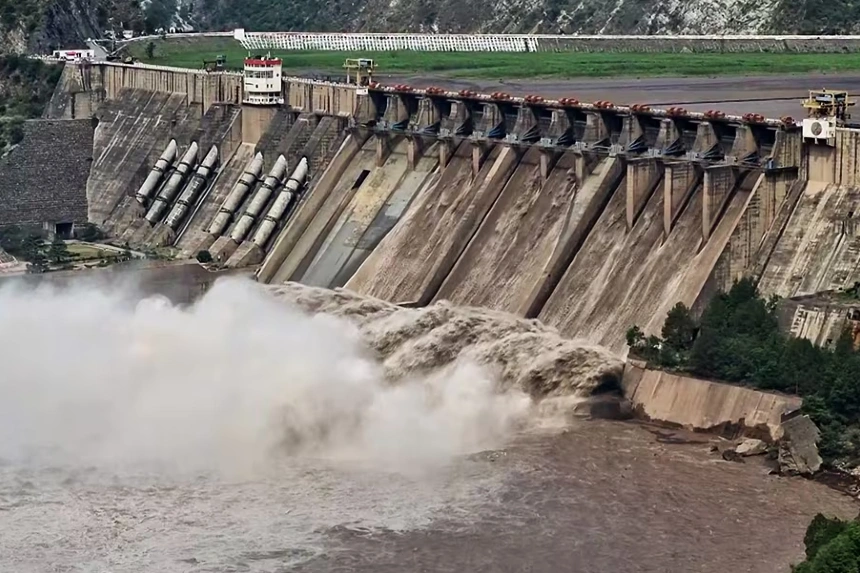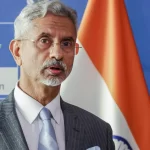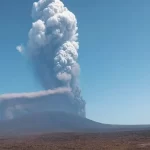The Indian government has suspended the Indus Water Treaty after the Pahalgam attack on 22nd April, and after the same, it is now planning to flush the waters stored in Baglihar and Salal dams on the Chenab river in Jammu and Kashmir. This move will cause problems for the Kharif sowing season in Pakistan. Flushing is done to remove the silt and sediments from a reservoir by releasing water at high speed that carries the sediment downstream.
Government officials confirmed that the process of flushing has already started during the weekends from the 900 MW Baglihar in Ramban and the 690 MW Salal hydropower in Reasi districts. After completion of flushing, fresh water will be filled in the dams, and the entire process, which is expected to last for 15 days, will tremendously impact the ongoing Kharif sowing in Pakistan.
The Indian official reported that this will cause scarcity in the flow of water, as a result of which the Marala barrage located downstream in Sialkot will not be able to release enough water for the sowing of maize, cotton, and paddy. The government has also noted that as the IWT is on hold, it has the power to flush the waters in the western flowing rivers, Indus, Jhelum, and Chenab.
The IWT mandates flushing only in August, when the Monsoon is at its peak. But due to the absence of flushing, silt and sediments get collected in the reservoirs, halting operations. The decision to flush the dams, however, is a retaliatory measure by India after the Pahalgam attack, where it alleges the role of Pakistani terrorists.
The Indus Water Treaty allows Pakistan to use the waters of the west-flowing rivers for multiple uses, amounting to over 80 per cent. While India is also allowed to use it for smaller purposes, like building run-of-the-river dams. The above-mentioned dams are of the same type. By flushing the dams at this time, India might disrupt agriculture in Pakistan, but it is only a short-term measure. This will, however, also impact power generation in India, as due to less water in the dams, less power will be generated from them.
In the long run, if India wants to use the IWT to persist in its actions against Pakistan, it has to create better infrastructure and facilities for water storage in the western flowing rivers. The western flowing rivers have the potential to generate 18,569 MW of electricity, but India only generates 3,500 MW of power from them, reflecting the lack of investment and infrastructure. Indian Foreign Minister S. Jaishankar also had a conversation with Sergey Lavrov, the Russian Foreign Minister, who reiterated support to Delhi and said that both countries must politically and diplomatically ease the tensions.








